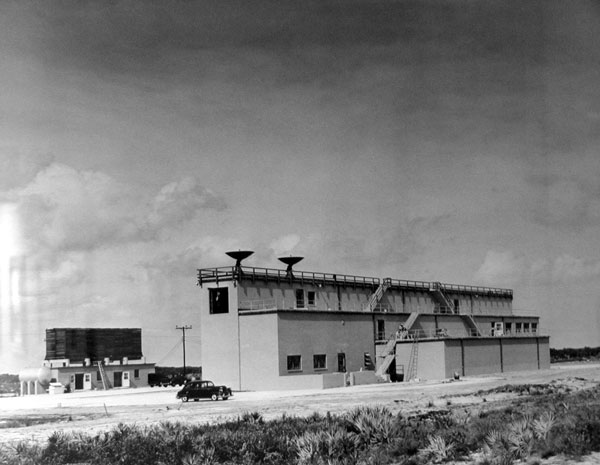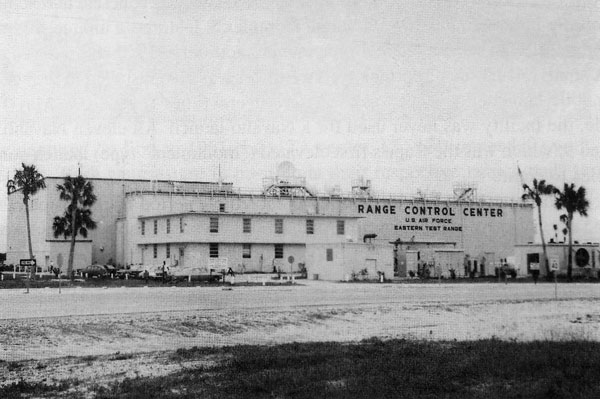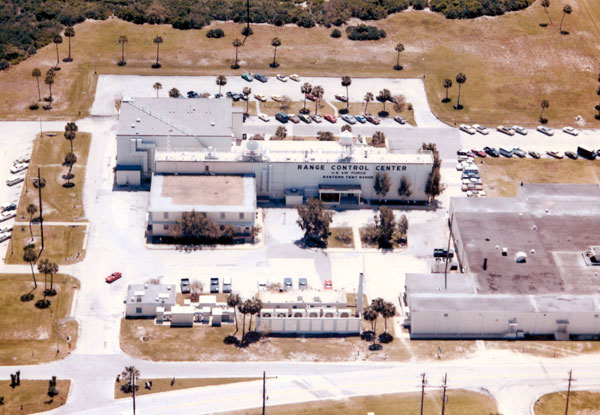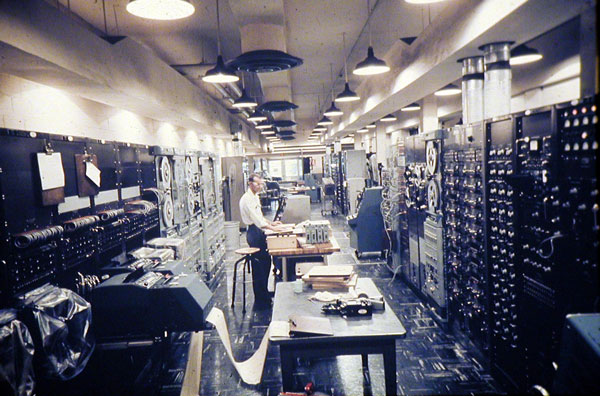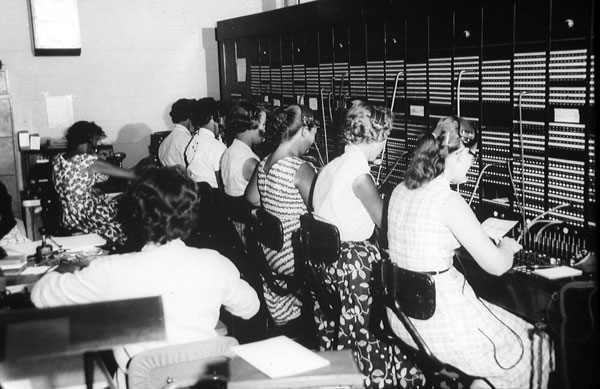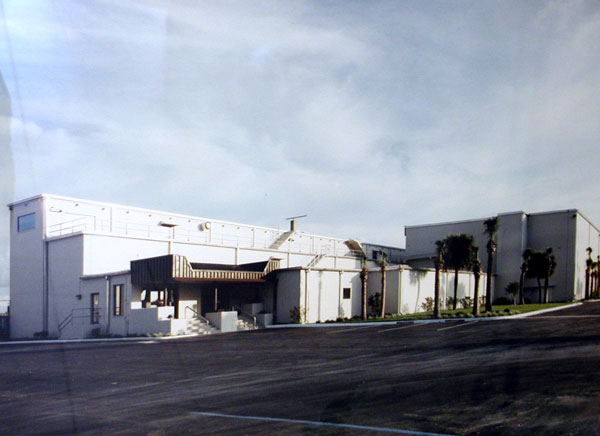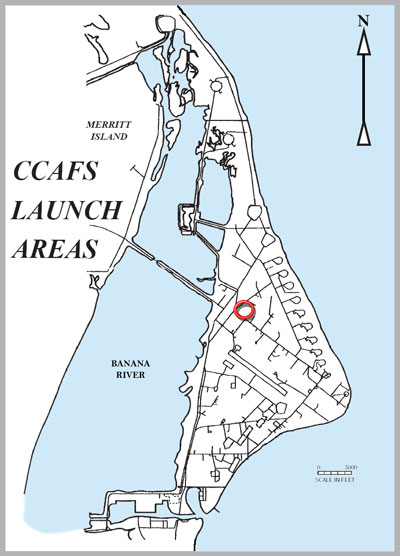
Photo Gallery
Overview
The Range Control Center (RCC) was one of four technical buildings awarded in a construction contract to Pearce Construction Company on 26 October 1950.
The other three buildings were:
- A one-story transmitter station
- A reinforced concrete blockhouse
- The receiver building – another one-story building.
The Blockhouse
The three-story concrete block building, which measured 231 feet by 63 feet, was originally called the Central Control Building.
Construction got underway on 7 November 1950, and it was completed on 30 November 1951. The building later became known as the Range Control Center.
Historic Launches
As the name suggests, the Range Control Center served as the central control point for all range support of missile and space launches from the early 1950s until 1 March 1995.
In all, the RCC supervised approximately 3,000 missile and space launches on the Eastern Range.
These included the Matador, Snark, Bomarc and Navaho of the winged missile era, and the Thor, Atlas, Titan, Minuteman, Polaris, Poseidon and Trident ballistic missiles of later years.
The RCC also participated in all the early space launches on the Eastern Range, right up through the Space Shuttle and Titan IV.
Modernization
After more than 30 years of operation and 20 years of “piecemeal adjustments in offices and work areas” in the building, a three-phase modernization effort was carried out in the RCC in the mid-1980s.
Installation of new equipment went hand-in-hand with the renovation of work areas, and new areas for the Lead Range Control Center and the DOD Manned Space Flight Support Office were identified and relocated in 1985. New consoles for systems for weather surveillance and range safety were also introduced during this period.
Unfortunately, the long-term economy of Range operations — and the need for more integrated, flexible and faster operations — worked against the RCC. Taking consolidation and automation as its principal themes, the Air Force made its Test Operations Control Center (TOCC) the number one Improvement and Modernization initiative at the Cape in the late 1980s.
Final Days of the RCC
On 1 March 1995, the 45th Space Wing declared the TOCC operational, ending the RCC era. All remaining range functions had to be out of the RCC by 1 December 1995 to make way for a remodeling contract that would turn the building into administrative spaces for the 5th Space Launch Squadron.
The Range Contractor, CSR, was out of the building, now known simply as Building 1645, by mid-November 1995. The 5th Space Launch Squadron moved into the building in 1997.
Further History:
This story is continued with the Morrell Operations Center (MOC) history.
More Cape Canaveral Facilities